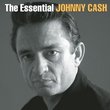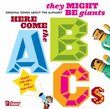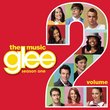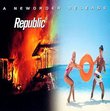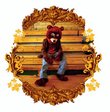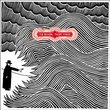| All Artists: Philip Glass Title: Music in 12 Parts Members Wishing: 3 Total Copies: 0 Label: Nonesuch Release Date: 9/17/1996 Genres: Dance & Electronic, Classical Styles: Techno, Historical Periods, Modern, 20th, & 21st Century, Symphonies Number of Discs: 3 SwapaCD Credits: 3 UPC: 075597932423 |
Search - Philip Glass :: Music in 12 Parts
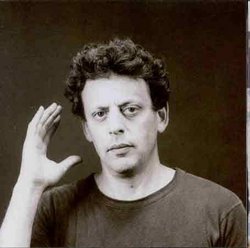 | Philip Glass Music in 12 Parts Genres: Dance & Electronic, Classical
|
Larger Image |
CD DetailsSimilarly Requested CDs
|
CD ReviewsA Music of Warmly Hypnotic Repetitive Structures Nicholas Croft | New York | 01/01/2004 (5 out of 5 stars) "The Philip Glass Ensemble was formed in 1968, because as Glass recalls, "I needed to have a consistent group of musicians to develop a new technical way of playing". "Music with Twelve Parts" was completed between the years 1971 and 1974. The work's compositional structure embodies all of the warmly hypnotic elements of Mr. Glass's new musical language. Indeed, early performances of the piece tested the ensemble player's physical and psychological perseverance.This magisterial three-disc set was recorded over a period of four months, during the year 1993. Though there have been subtle changes in the personnel of Mr. Glass's ensemble over the years, there have now been close to twenty years of performance experience with the twelve individual sections of the work. Or as Glass puts it: "Now we know the language and we're fluent in it".An epochal three hour and twenty-six minute work, "Music with Twelve Parts" is intended to be heard in one sitting, without distractions of any kind. Indeed, preparing a time and place for such an intensive immersion, in this day and age, can be seen to be a type of rarefied art work, all on its own. In 1968, as Glass fondly recalls, "it was easy to find people to listen to this music every Thursday night, because nobody had anything else to do anyway". In early days of 2004, however, listening to this ecstatic work, with its systematic augmentation and contraction of harmony, is Glass's way of "making serious fun not only with other people, but with myself as well". "Music with Twelve Parts" is a compelling and original musical statement that will inspire earnest listeners for many years to come." A rigorous workout... DAC Crowell | 03/30/2000 (5 out of 5 stars) "Most people think of 'minimalism', and they think the shorter bits one finds on "Glassworks". Uh-uh. This long-form cyclical work shows what the concept is _really_ about, as Glass's ensemble goes thru this multi-hour magnum opus. Very terse instrumentation here, as we're back in the mid-70s for this work, when Glass was using winds and electric keyboards (such as Farfisa organs, etc) in addition to unadorned voices in his trance-inducing loft concerts in the NYC art scene. Describing what this sounds like is hard; it's much easier to describe what listening to it will do to you. And what that is is that it induces a very trance-like state, as you get immersed in the seemingly-endless periodic structures. Most people call this music 'repetitive', but the fact is that there _is_ change going on, albeit exceedingly gradually. And the entertainment here is in the sonic equivalent of optical illusions that this early Glass music presents to the listener. It's like being trapped in a musical version of a 60s op-art moire pattern poster! And all that aside, it's also one of the key works (along with Steve Reich's "Music for 18 Musicians" and Terry Riley's "A Rainbow in Curved Air") from which the minimalism 'groundrules' sprang. Important." Kantian music/Form=Content C. Gardner | Washington D.C., D.C. United States | 02/04/2002 (5 out of 5 stars) "This is music without melody, Glass's repertoire of techniques at its most spare--just rhythmic pattern (in his signature arpeggiated chord) and rudimentary, stable harmony in which the extension and contraction of time/rhythmic values is the only appreciable "content" of the pieces. This music can produce strange effects on a listener; one can almost sense one's own faculty of audition as being the true "content". I liken it to a Gestalt switch, or the experience of seeing a wheel spin fast enough to produce the illusion of slow or even backwards motion. One realizes stimulation of the eyes is but half the experience; the other half is the intentional mind itself. Part One is a slow, meditative version of this idea; it's an amazing sonic Persian rug of pulsing, interlocked patterns, and perhaps the most beautiful piece he ever wrote. One can pick out between the instruments a melody of whatever length one wishes, creating the music for themselves.
Glass's and Tim Page's liner notes are illuminating as well." |

 Track Listings (5) - Disc #1
Track Listings (5) - Disc #1![Sly & the Family Stone - Greatest Hits [Epic]](https://nationalbookswap.com/cd//m/63/8263/18263.jpg)
